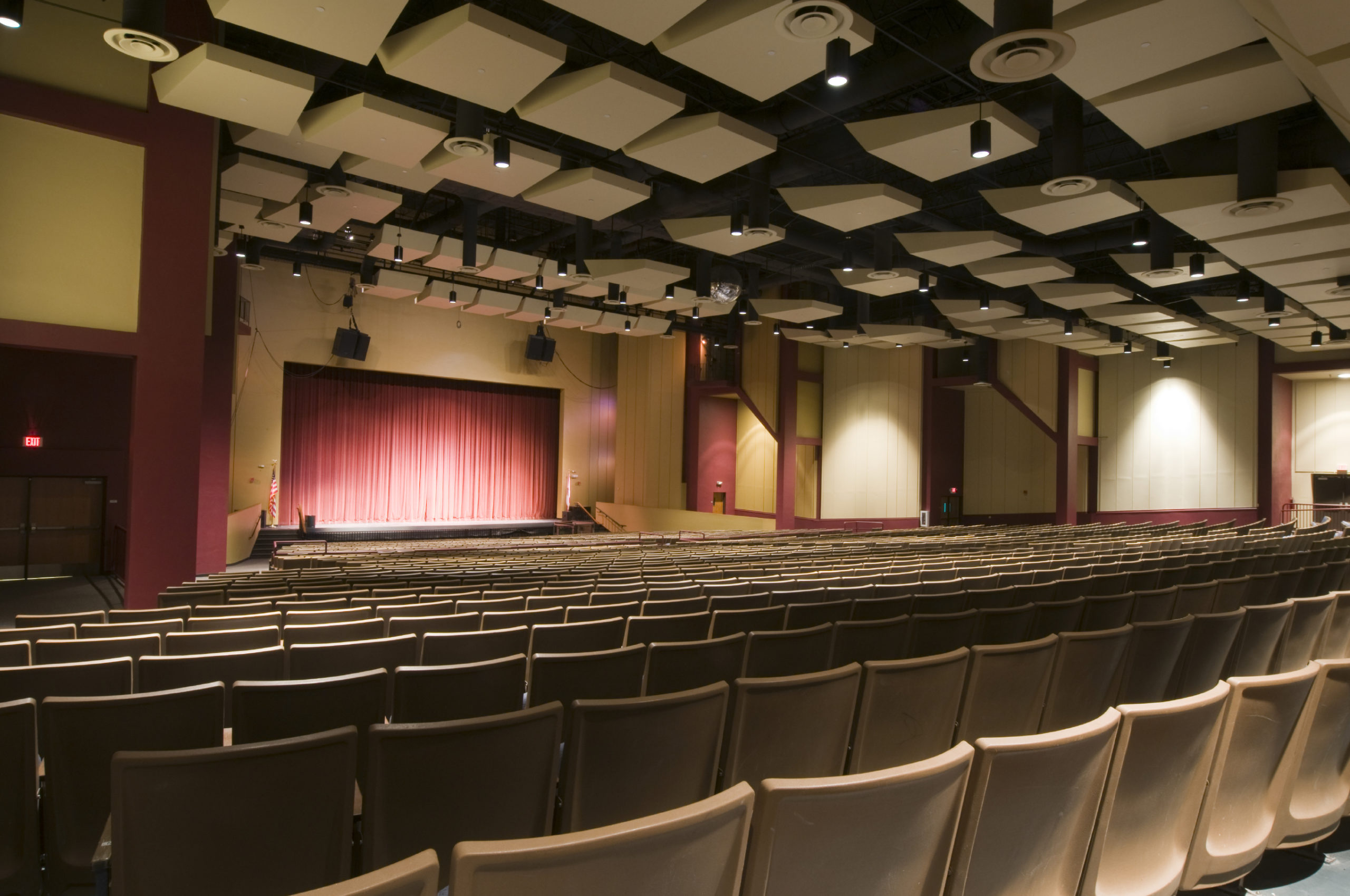
What is it?
Building controls systems currently use two different technologies to sense people in spaces. Occupancy sensors sense whether there is motion in a space. CO2 sensors track (you guessed it) CO2 levels in the space, which give controls systems a proxy of the number of people in the space.
Occupancy counters, however, can count the individual number of people in the space, giving pinpoint precision on the currently required ventilation rates and lighting controls.
How does it work?
There are two types of occupancy counters currently available. The first type counts the number of people who pass a certain point, and can identify which direction someone has passed. By covering all the entrances and exits, it can count the number of people in a certain space. The second type uses either thermal or camera images, and processes them to count the number of people in the space.
What are the most appropriate applications?
The best applications are large areas where multiple people may be present (e.g. open offices, auditoriums, conference rooms, and classrooms). The transient nature of these space occupancy profiles would allow ventilation rates to be tied exactly to the number of people in the space.
What are the savings?
The savings for occupancy counters can be substantial. Conditioning of outside air is a major cost for most buildings. Because ventilation rates are typically designed for worst case scenarios (the largest number of people that could be in a space), there is ample opportunity to reduce unnecessary introduction of outside air.
What are the non-energy benefits?
Occupancy counters can also be used for space planning purposes.
What is the cost?
Costs for occupancy sensors vary based on the manufacturer and needs of the space.
What is the status/availability of the technology?
This technology is available through multiple vendors, but is still a very new technology.
What kinds of incentives/programs are available?
Right now, this technology would be evaluated under Custom Rebate programs. Incentives will vary depending on customer specifics, but in general, it would take approximately 10,000 square feet of space covered by the sensors to make this viable for rebate.




